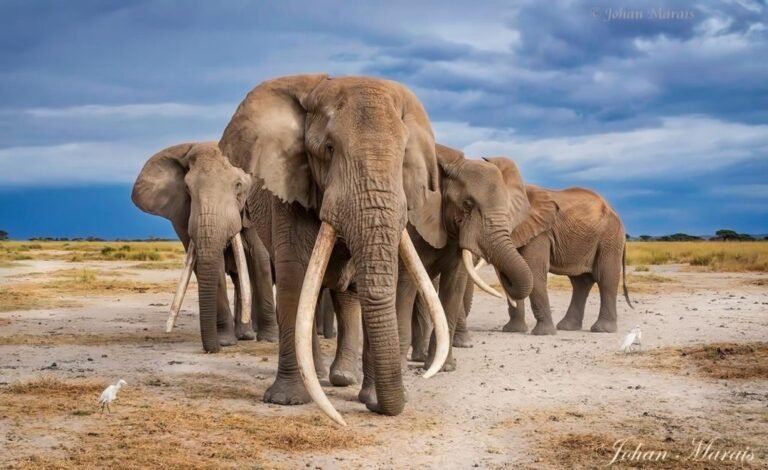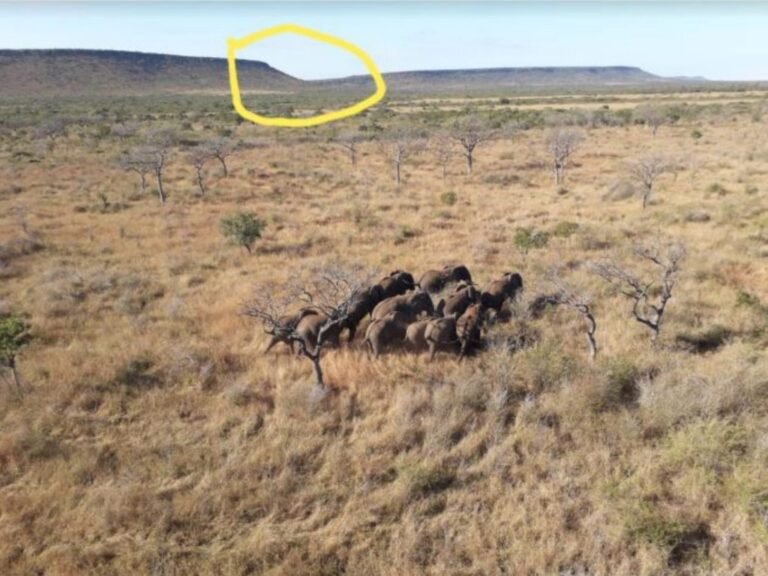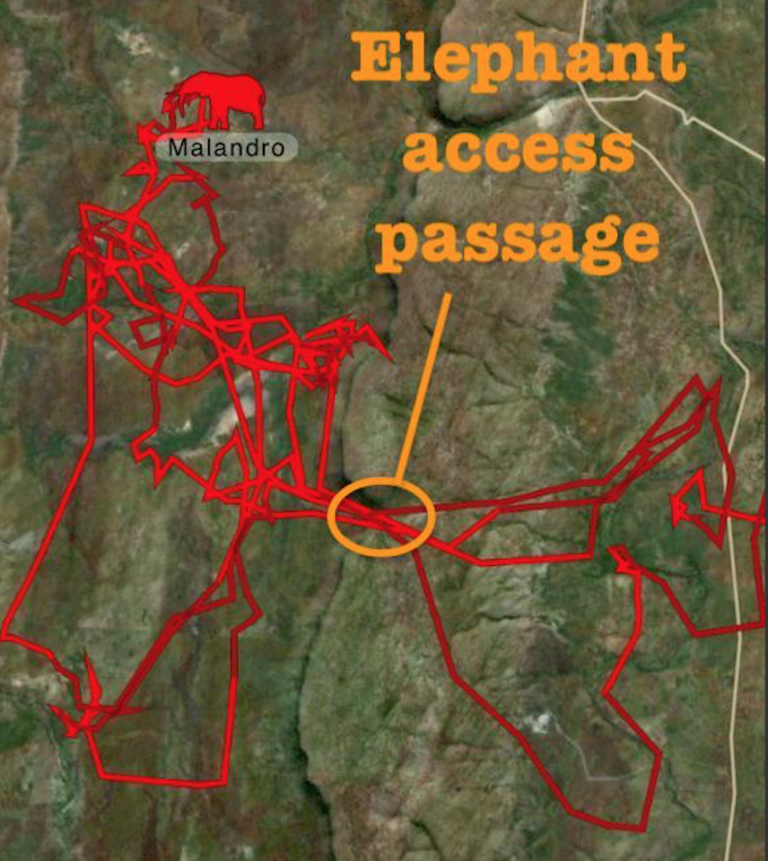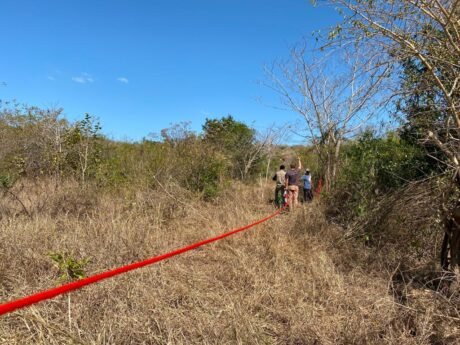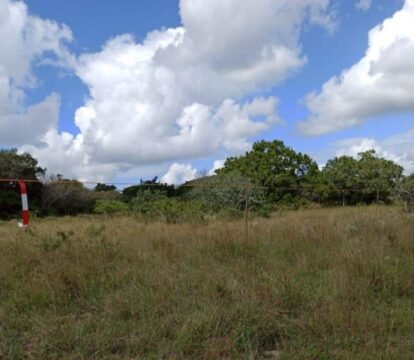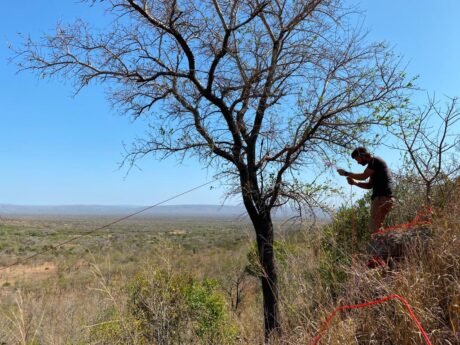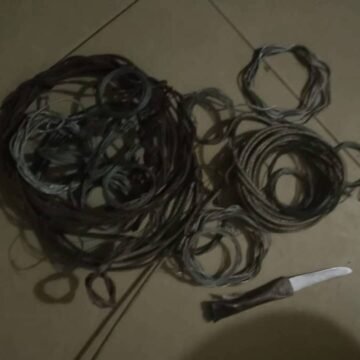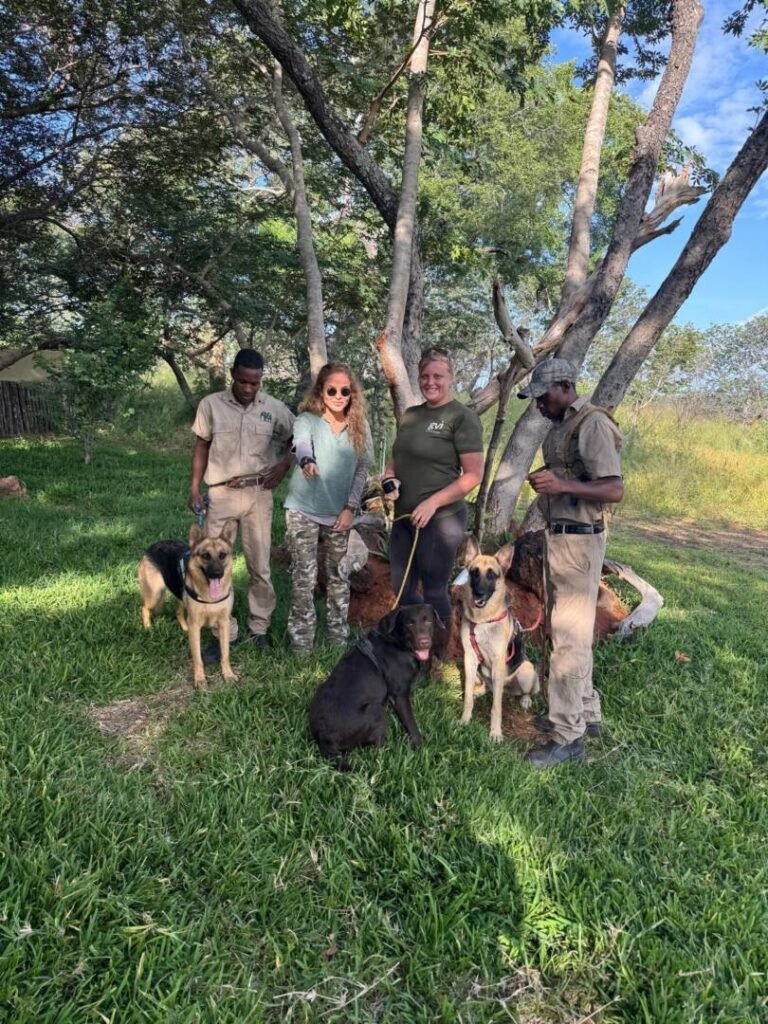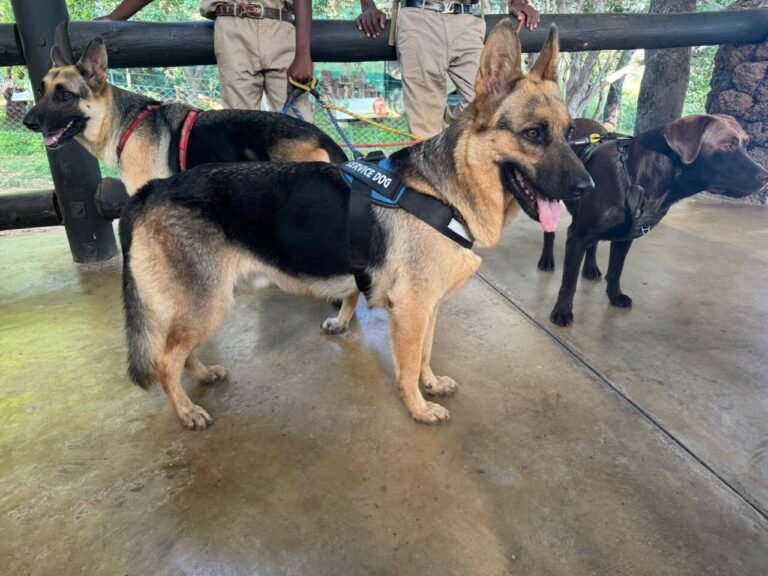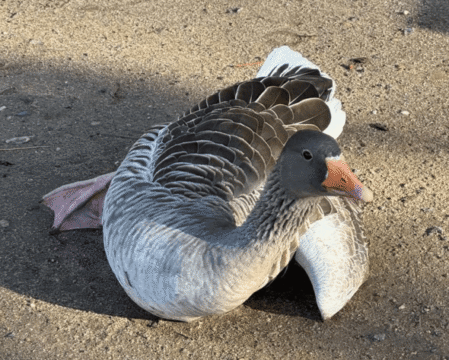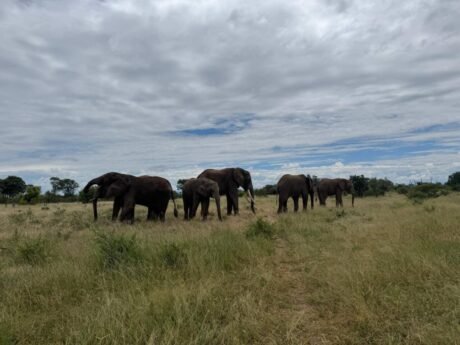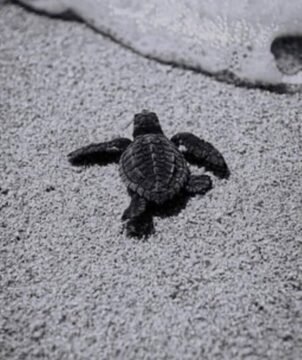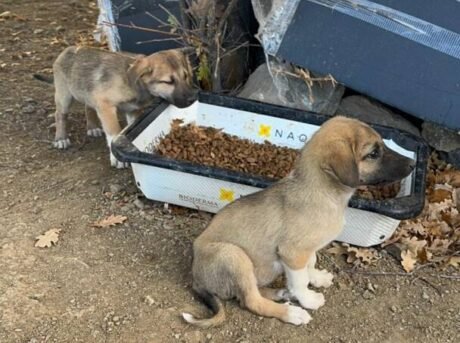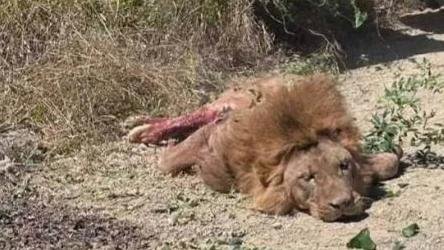Our Efforts at Wild at Life e.V.
At Wild at Life e.V., our anti-poaching work targets some of Africa’s most endangered and vulnerable species, where the threats are urgent and complex.
Our biggest Anti-Poaching Missions include:
Pangolins
These ancient mammals have remained virtually unchanged for 70 million years and are the only mammals completely covered in scales. Their tough keratin armor protects them from natural predators, but they are defenseless against ruthless poachers. Pangolins are often captured alive, stuffed into sacks, and trafficked illegally for their scales and meat on the black market. Over the past decade, we have developed strategic campaigns to disrupt these illegal supply chains, tracing the flow of wildlife crime money and exposing those who profit from destruction. Our research and advocacy have influenced key stakeholders to rethink their involvement in this harmful trade — work made possible thanks to our dedicated donors.
Mission Caita
Named in honor of Caita, a chimpanzee victim of poaching, this mission focuses on rescuing and rehabilitating trafficked primates, especially in Angola. Many primates are torn from their families and habitats, sold for body parts or entertainment, and endure cruel captivity in small, unsanitary cages. Through Mission Caita, Wild at Life has saved numerous primates and provided them with sanctuary and care. However, we know that full recovery depends on preserving their natural environments.
Rhinos
In partnership with Insimbi Legacy Projects, our rhino conservation mission protects White Rhinos in South Africa’s Limpopo region. Operating within a 5,000-hectare reserve, we combine veterinary care, real-time monitoring, and advanced security strategies to protect these iconic animals. Since late 2023, 10 rhinos have been fitted with AI-powered GPS collars that allow continuous tracking of their movements and behaviors. This technology enables us to detect threats early and enhance anti-poaching interventions.
Our anti-poaching efforts rely on dedicated field patrols, intelligence gathering, community engagement, veterinary support, and technological innovation. Together, these efforts help us protect wildlife and preserve biodiversity for future generations.
Wild at Life e.V. is committed to stopping the destruction of precious wildlife and building a future where animals can thrive in safe, protected habitats. This mission is only possible with the support of our donors, partners, and communities. If you believe in protecting wildlife, we invite you to join us.
